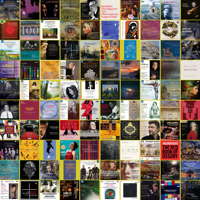 DISCUSSION: What is a work? John Dante Prevedini leads a discussion about The performing artist as co-creator, including contributions from Halida Dinova, Yekaterina Lebedeva, Béla Hartmann, David Arditti and Stephen Francis Vasta.
DISCUSSION: What is a work? John Dante Prevedini leads a discussion about The performing artist as co-creator, including contributions from Halida Dinova, Yekaterina Lebedeva, Béla Hartmann, David Arditti and Stephen Francis Vasta.
A Triumph of Mahler and Hrůša
GIUSEPPE PENNISI was at one of the opening concerts of the Accademia Nazionale di Santa Cecilia's new season
The inauguration of the 2021-2022 symphonic season of the Santa Cecilia National Academy took place on 7 October 2021 with the second symphony (Resurrection) by Gustav Mahler. On the podium, the new Principal Guest Conductor of the Academy, Jakub Hrůša, Czech, at the helm of the Orchestra and Choir of Santa Cecilia - instructed by Piero Monti - with the solo voices of Rachel Willis-Sørensen (soprano) and Wiebke Lehmkuhl (alto) to conduct a composition inspired by mourning but symbolically a harbinger of hope. A composition, therefore, that is perfectly suited to our time of exiting a pandemic. There were three performances. I attended the 8 October performance.
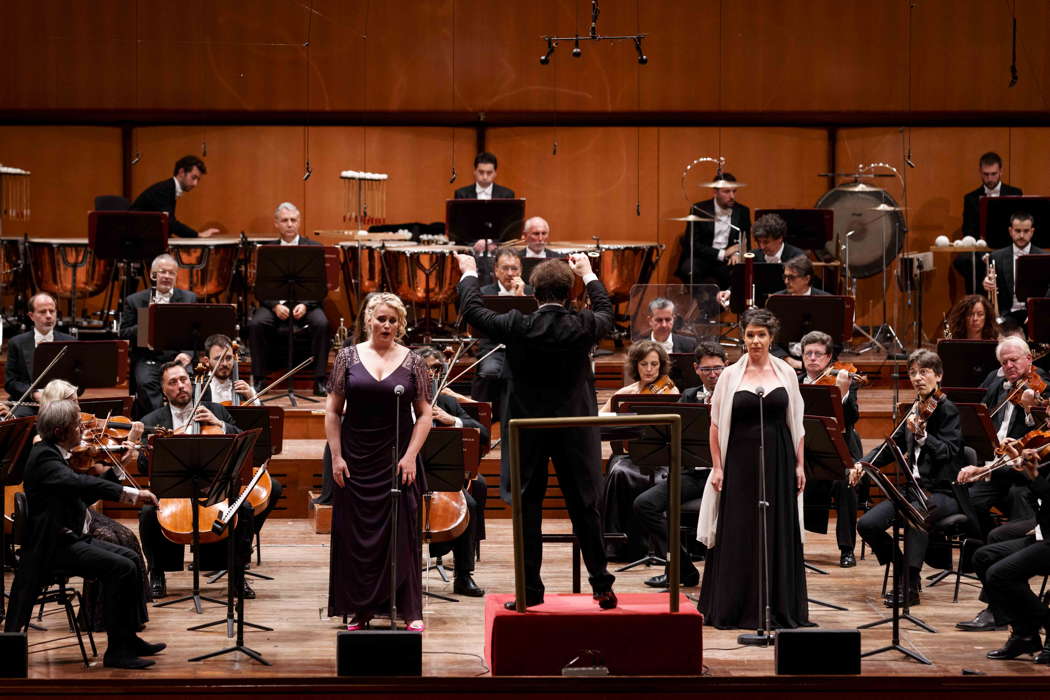
Mahler's Resurrection Symphony: Rachel Willis-Sørensen and Wiebke Lehmkuhl with Jakub Hrůša conducting the Santa Cecilia Orchestra in Rome. Photo © 2021 Riccardo Musacchio
A curiosity: in 2010-2011, the Mahlerian anniversary celebrations at the Accademia Nazionale di Santa Cecilia were opened by Antonio Pappano who, during the project, conducted five of the nine symphonies with top class soloists and the choir led by a Ciro Visco in great shape. For the inauguration, however, Pappano did not choose the first symphony (The Titan) but the second, Resurrection, a huge work that in five movements celebrates the triumph over death. Despite his grandiose conversion to Catholicism - a necessary move to become director of the Vienna State Opera, Mahler was never a believer in either his family's Jewish religion or in the Christian religion adopted with great pomp, always preferring to embrace pantheism or perhaps a non-confessional theism.
The symphony was composed to commemorate Hans on Bülow, a great conductor and great friend of Mahler. It is good to note how Mahler, despite not being religious, was able to express this profound religiosity. In the end, when the choir rises to say 'You will be resurrected, you will rise again', it makes all those who listen to it want to get up and cry out for the Resurrection.
It is hard to imagine that a work as unified and as powerfully structured as Mahler's second symphony could have had such a long and painful birth, yet more than six years were to pass between his jotting down the initial sketches and his completion of the vast final movement. He was still only twenty-eight when he completed his first symphony in 1888 at the height of the opera season in Leipzig, where he had held the position of chief conductor for the last two years. The ink was barely dry on the score when he began to toy with the idea of a second symphony, this time in C minor. The opening movement was soon completed but for the next five years existed independently under the heading of Todtenfeier (Funeral Ceremony).
Already envisioning a powerful apotheosis with which to end the work, Mahler thought of following the illustrious example of Beethoven's ninth symphony and introducing a chorus. He had already begun working his way through the whole of world literature, starting with the Bible, in his search for the 'redemptive word' but had still not found anything suitable when, in February 1894, Hans von Bülow died. Mahler attended his memorial service and later described the sense of shock that he felt there: 'Then the choir, in the organ-loft, sang Klopstock's Resurrection chorale. It was like a flash of lightning, and everything became plain and clear in my mind! [...] It is always the same with me: only when I experience something I compose, and only when composing do I experience anything!'
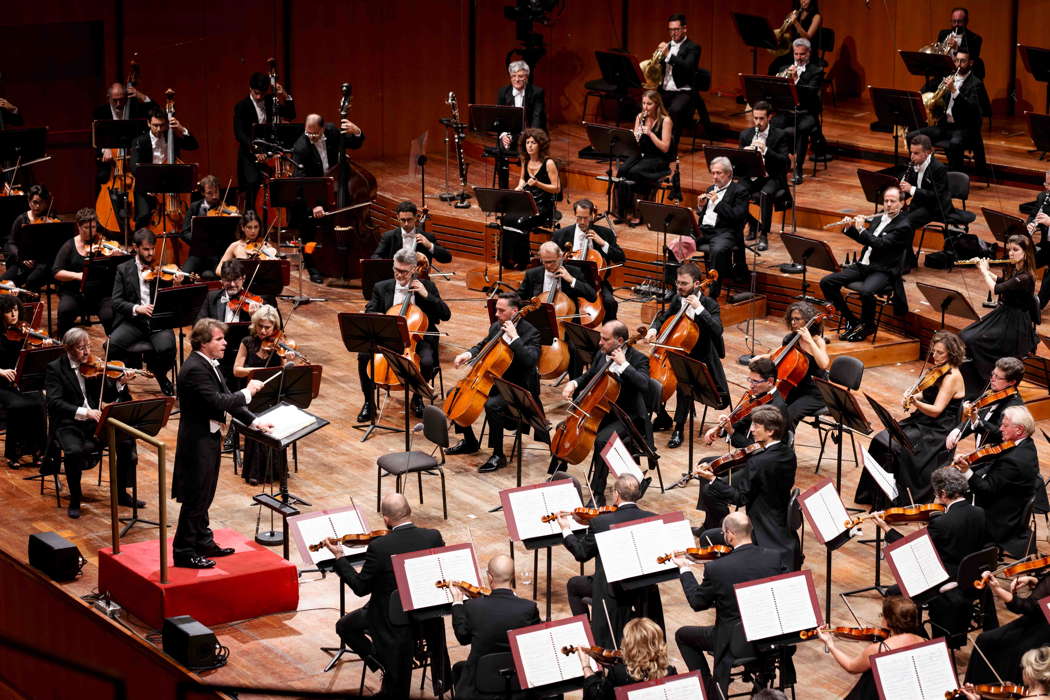
Mahler at the Parco della Musica in Rome: Jakub Hrůša conducting the Santa Cecilia Orchestra. Photo © 2021 Musacchio, Ianniello & Pasqualini
Thus Mahler explained the genesis of this vast final movement to the critic Arthur Seidl three years after its completion. The initial sketches were written down immediately on his return home from the funeral service. The actual composition was completed the following summer at Steinbach within the space of three weeks.
There was a strong mystical imprint in the executions of both Pappano in 2010 and Chung in 2014. Jakub Hrůša said at the presentation conference of the work: 'If you believe, as I believe, that no other composer has been able to create something higher and at the same time spiritually profound, Mahler's second symphony is a huge challenge for those who interpret and for those who listen'.
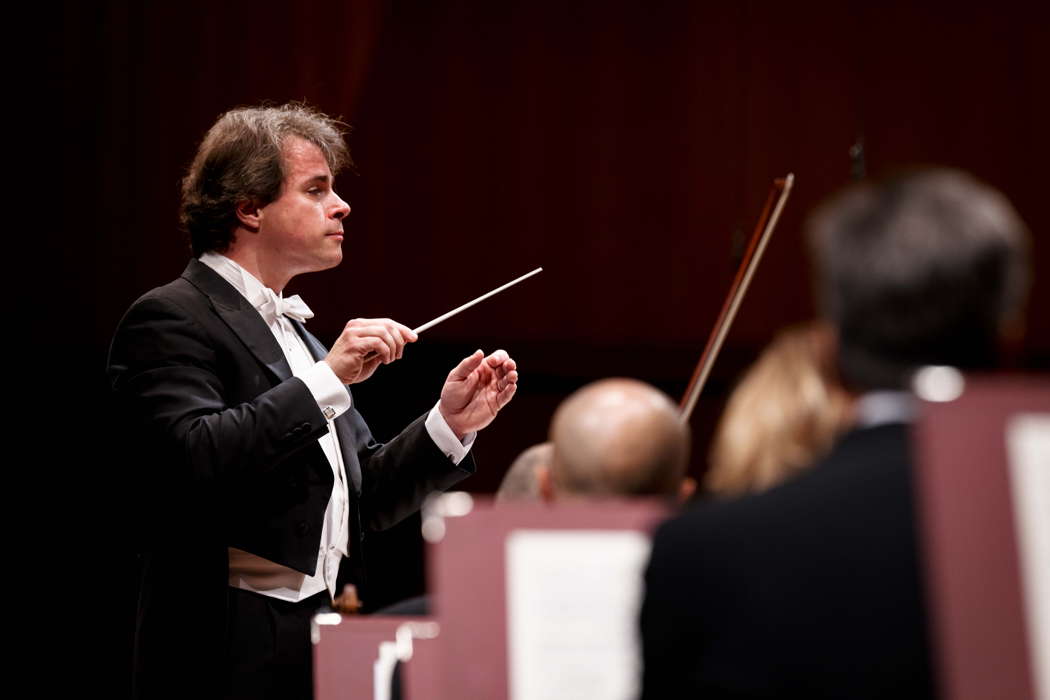
Jakub Hrůša conducting Mahler in Rome. Photo © 2021 Musacchio, Ianniello & Pasqualini
Hrůša has given a strong transcendental imprint to his rendering of the symphony. He almost dilated the tempos in the first three movements (Allegro maestoso, Andante moderato, Tranquillo scorrevole) and then tightened them, accentuating the sounds in the fourth and in the fifth.
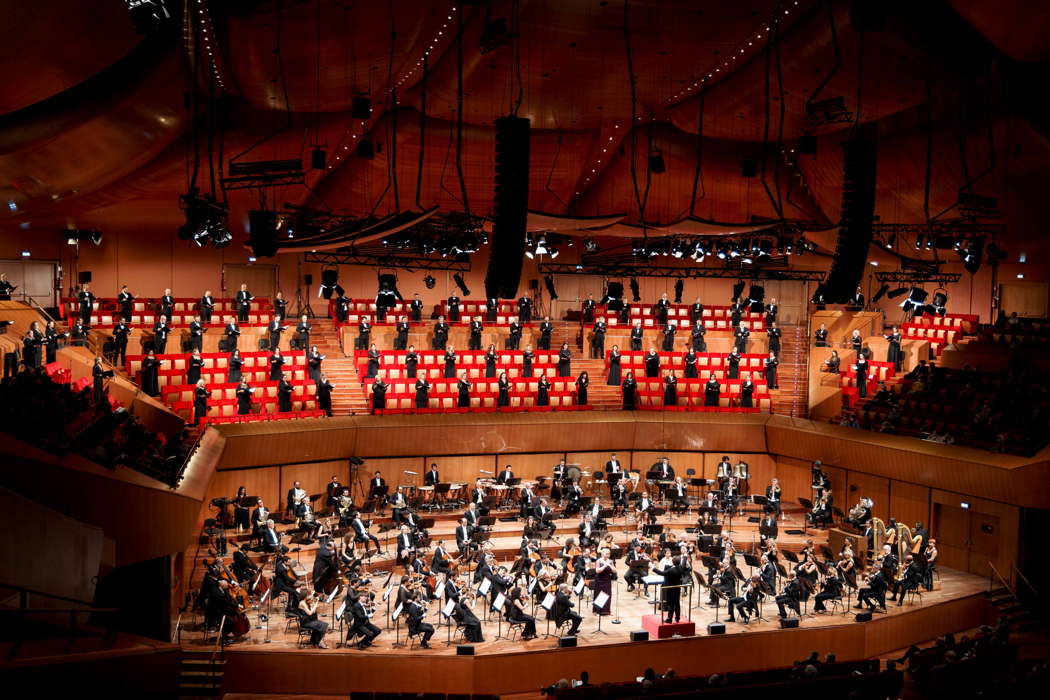
Mahler's Resurrection Symphony in Rome. Photo © 2021 Riccardo Musacchio
There the alto, the soprano and above all the choir prepared by Piero Monti (arranged in a horseshoe-shaped gallery, facing the audience) came into play with great stereophonic effects - a huge success.
Copyright © 10 October 2021
Giuseppe Pennisi,
Rome, Italy



